Pond fish farming in Bangladesh
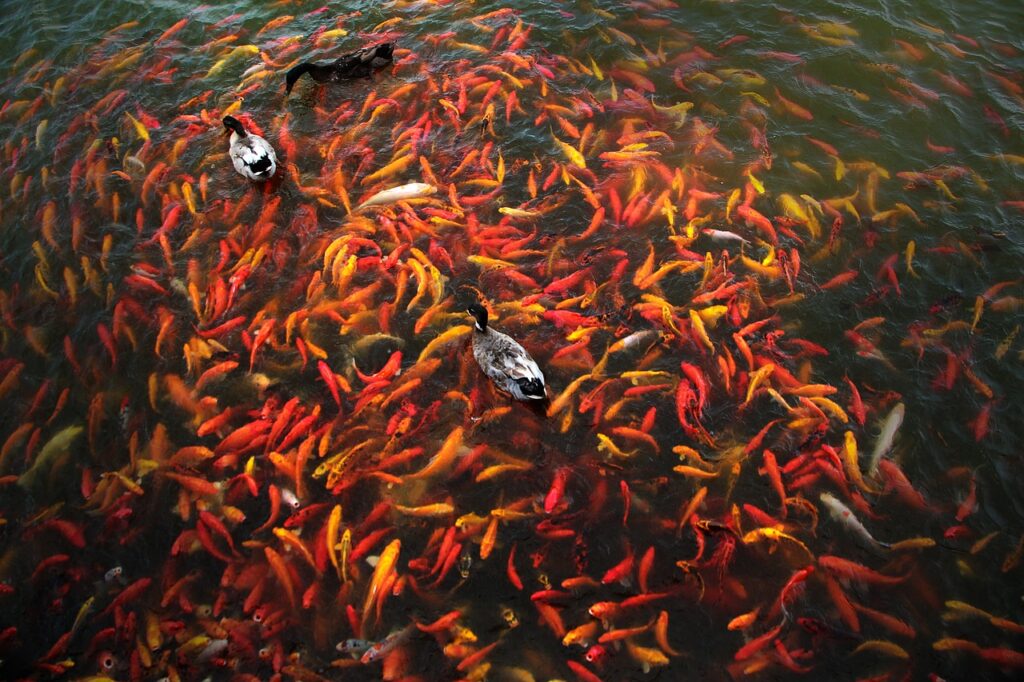
Koi fish cultivation, also known as koi farming or koi breeding, involves raising ornamental koi fish for various purposes, including the pet trade and decorative pond installations. Here’s a basic overview of a koi fish cultivation system:
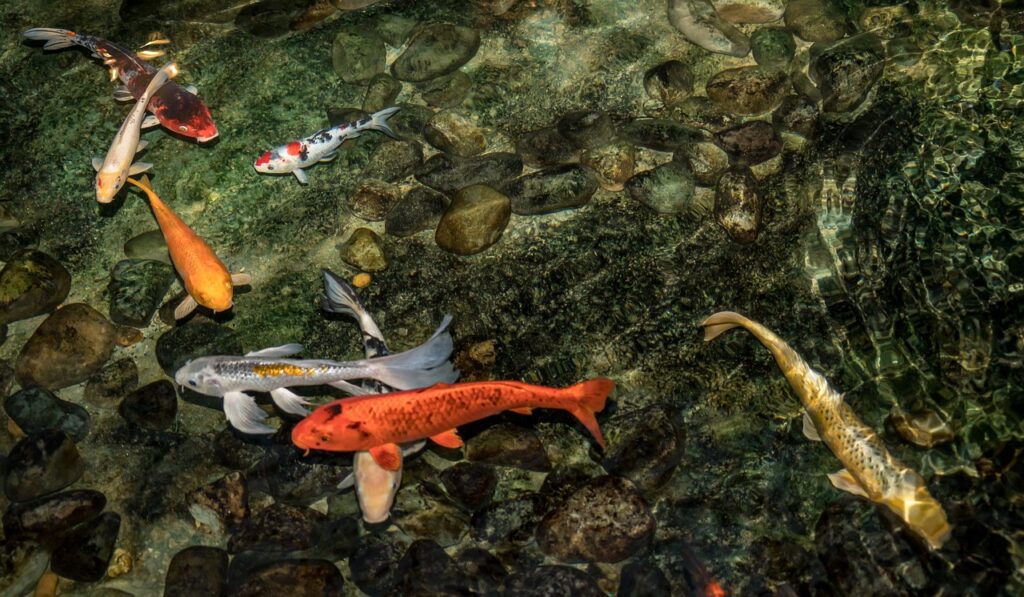
Pond Design and Construction:
Constructing a suitable pond is essential for koi cultivation. Ponds should be designed with consideration for depth, size, and water quality.
Koi ponds often include features such as filtration systems, aeration, and appropriate landscaping.
Water Quality Management:
Maintaining optimal water quality is crucial for the health of koi fish. This includes monitoring parameters such as pH, ammonia, nitrite, and dissolved oxygen.
Filtration systems, including mechanical and biological filters, help keep the water clean.
Stocking:

Selecting high-quality koi fish for stocking is crucial. Consider factors such as coloration, pattern, body shape, and overall health.
Introduce koi fish of similar sizes to minimize competition during feeding.
Feeding:
Feed koi a balanced and high-quality diet. Commercially available koi pellets are formulated to provide the necessary nutrients.
Monitor feeding habits and adjust the quantity based on the size and age of the fish.
Health Management:
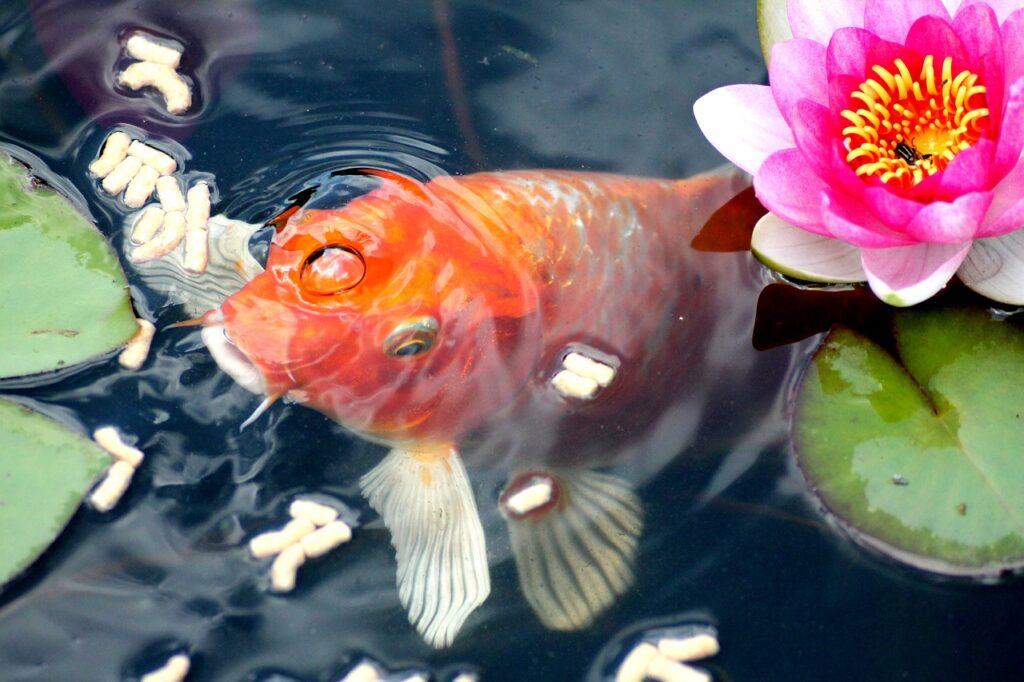
Regularly inspect the koi for signs of disease or stress. Isolate and treat sick fish promptly to prevent the spread of infections.
Quarantine new fish before introducing them to the main pond to prevent the introduction of diseases.
Temperature Considerations:
Koi fish are sensitive to temperature changes. Provide shade or use pond heaters to maintain a stable temperature, especially during extreme weather conditions.
Breeding Considerations:
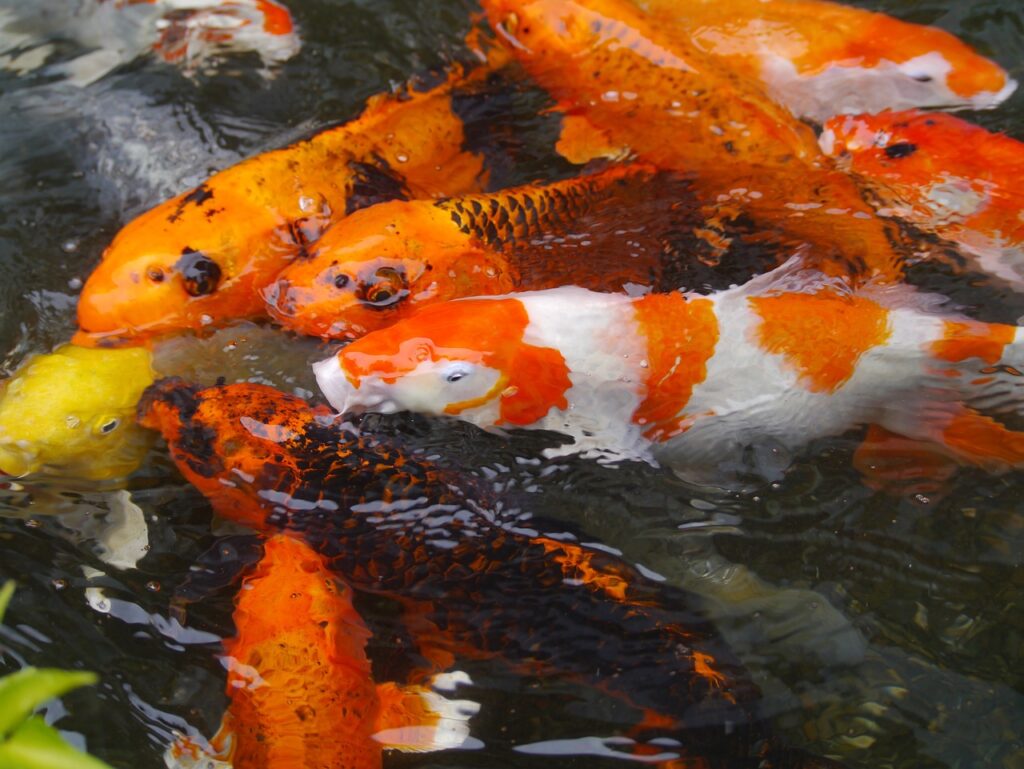
If breeding koi is a goal, create a separate breeding pond or utilize breeding tanks within the main pond.
Monitor the breeding behavior, and provide suitable conditions for spawning.
Harvesting:
Harvest koi for sale or relocation based on size, quality, or specific market demands.
Use proper techniques to minimize stress during harvesting.
Market and Sales:
Identify potential markets for selling koi, such as pet stores, hobbyists, or garden centers.
Market koi based on their unique characteristics and colors.
Record Keeping:
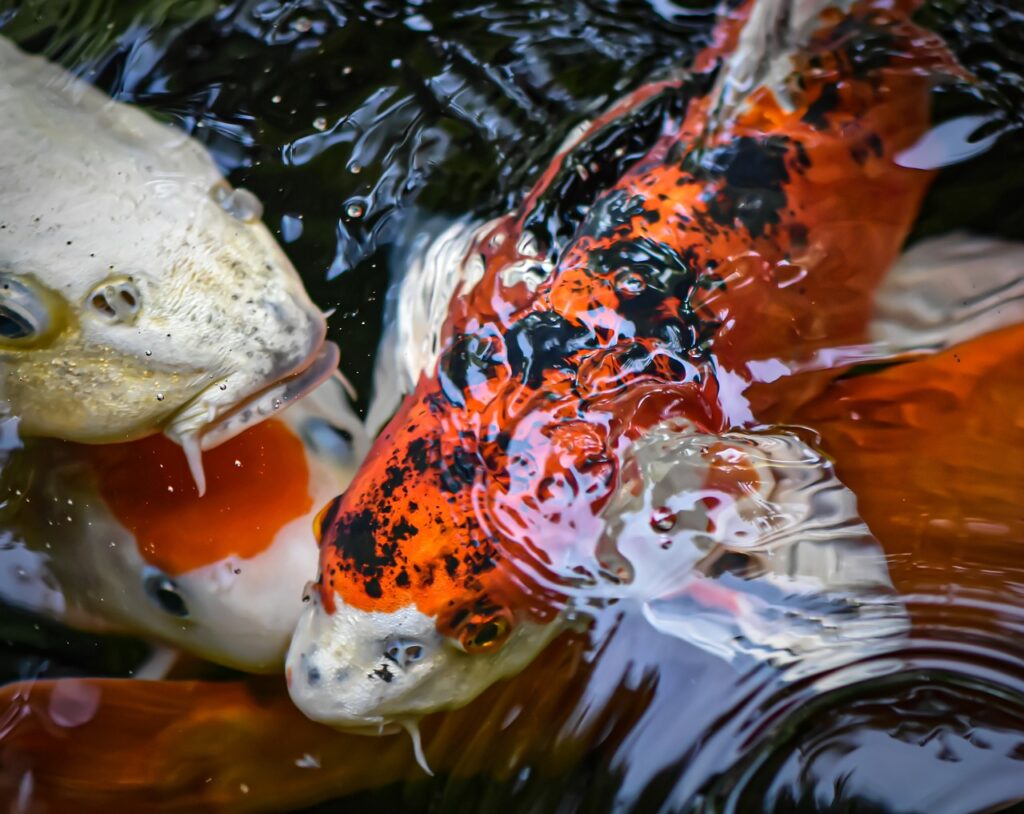
Maintain records of the koi’s lineage, health, feeding schedules, and other relevant information.
Record-keeping aids in tracking the growth and health of individual fish.
Aesthetics and Design:
Consider the visual appeal of the pond, landscaping, and overall design. Koi enthusiasts often appreciate aesthetically pleasing environments for their fish.
Successful koi fish cultivation requires a combination of knowledge about fish care, water management, and aesthetic considerations. Attention to detail, regular monitoring, and a commitment to maintaining optimal conditions contribute to a thriving koi fish cultivation system. Additionally, staying informed about koi varieties and market trends can enhance the success of a koi farming venture.
